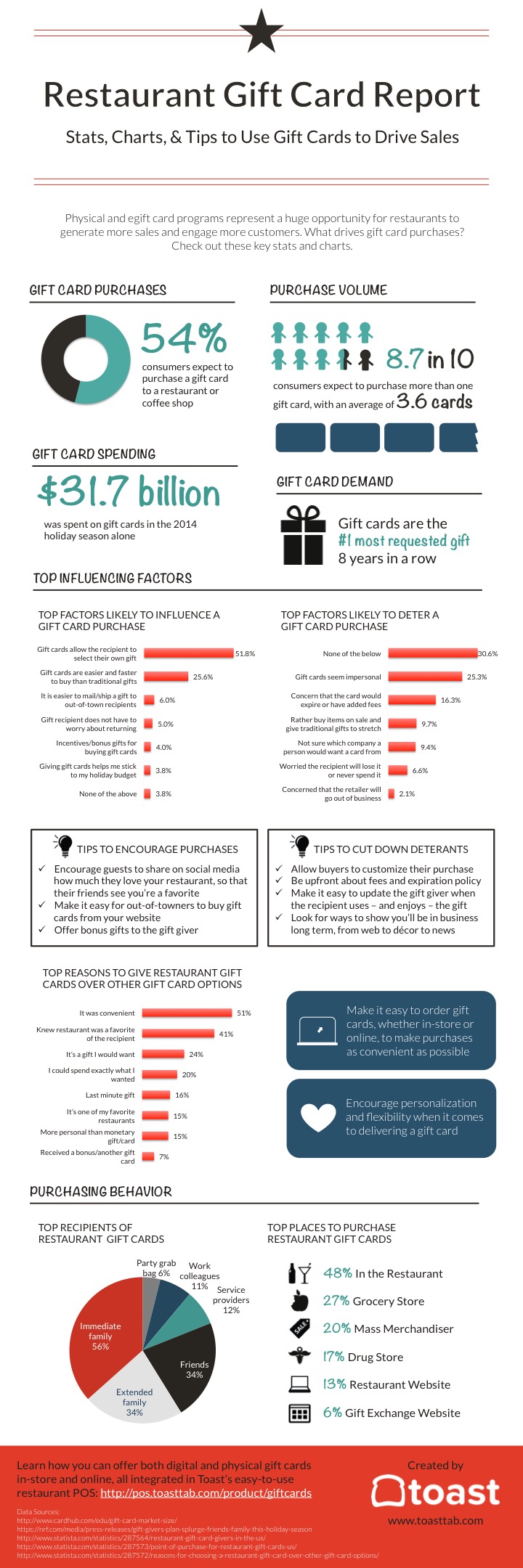Established in the Middle East and Egypt on hardstone, copper wheel engraving endured as a craft in seventeenth century Bohemia and Dresden on glass. It was utilized for a variety of objectives, consisting of depicting the royal double-headed eagle (Reichsadlerhumpen) and allegorical styles.
Engravers of this period slowly abandoned linear clarity in favour of crosshatched chiaroscuro results. A couple of engravers, such as Schongauer and Mantegna, took care of glass with a sculptural sensation.
Old Art
By the end of the 17th century, nevertheless, diamond-point engraving was being supplanted by wheel inscription. 2 remarkable engravers of this duration deserve reference: Schongauer, that elevated the art of glass inscription to match that of painting with works like Saint Anthony Tortured by Demons, and Mantegna, that shaded his illustrations with brief doodled lines of varying width (fig. 4) to attain chiaroscuro results.
Various other Nuremberg engravers of this time included Paul Eder, who mastered fragile and small landscapes, and Heinrich Schwanhardt, who engraved engravings of great calligraphic high quality. He and his child Heinrich also developed the strategy of engraving glass with hydrofluoric acid to create an effect that appeared like glass covered in ice. The engraved surface could after that be reduced and etched with a copper-wheel. This method is used on the rock-crystal ewer revealed right here, which combines deep cutting, copper-wheel inscription and sprucing up. Determining the engraving on such items can be hard.
Venetian Glass
When Venice was a European power, Venetian glassmakers took the lead in lots of high value-added markets. Unlike textiles and style, glassmaking maintained a legacy of sophisticated strategies. It likewise carried seeds of the attractive magnificence symbolized in Islamic art.
However, Venetian glassmakers were not anxious to share these concepts with the rest of Europe. They maintained their craftsmen cloistered on the island of Murano so they would not be affected by new trends.
Despite the fact that need for their product ups and downs as tastes changed and competing glassmakers emerged, they never shed their appeal to well-off customers of the arts. It is for that reason not a surprise that etched Venetian glass appears in countless still life paintings as an icon of luxury. Often, a master treasure cutter (diatretarius) would reduce and embellish a vessel originally cast or blown by one more glassworker (vitrearius). This was an expensive undertaking that needed great ability, patience, and time to generate such comprehensive job.
Bohemian Glass
In the 16th century, Bohemian glassmakers adapted the Venetian dish to their very own, creating a much thicker, more clear glass. This made it easier for gem-cutter to sculpt in modern glass engraving examples the same way they sculpted rock crystal. Additionally, they created a technique of reducing that enabled them to make really comprehensive patterns in their glasses.
This was adhered to by the production of tinted glass-- blue with cobalt, red with copper and light eco-friendly with iron. This glass was popular north of the Alps. Furthermore, the slender barrel-shaped goblets (Krautstrunk) were additionally preferred.
Ludwig Moser opened a glass layout studio in 1857 and achieved success at the Vienna International Exhibition of 1873. He developed a completely incorporated manufacturing facility, providing glass blowing, brightening and etching. Till the end of The second world war, his firm dominated the marketplace of engraved Bohemian crystal.
Modern Craft
Inscription is one of the earliest hand-icraft approaches of ornamental improvement for glass. It demands a high degree of accuracy as well as an imaginative imagination to be efficient. Engravers must likewise have a feeling of composition in order to tastefully integrate glossy and matte surfaces of the cut glass.
The art of inscription is still alive and flourishing. Modern strategies like laser engraving can accomplish a greater level of information with a better speed and accuracy. Laser modern technology is also able to create layouts that are less prone to damaging or breaking.
Inscription can be made use of for both industrial and ornamental objectives. It's popular for logos and hallmarks, as well as ornamental decorations for glass wares. It's also a prominent means to add personal messages or a champion's name to prizes. It is essential to keep in mind that this is an unsafe task, so you ought to constantly make use of the appropriate safety devices like safety glasses and a respirator mask.
